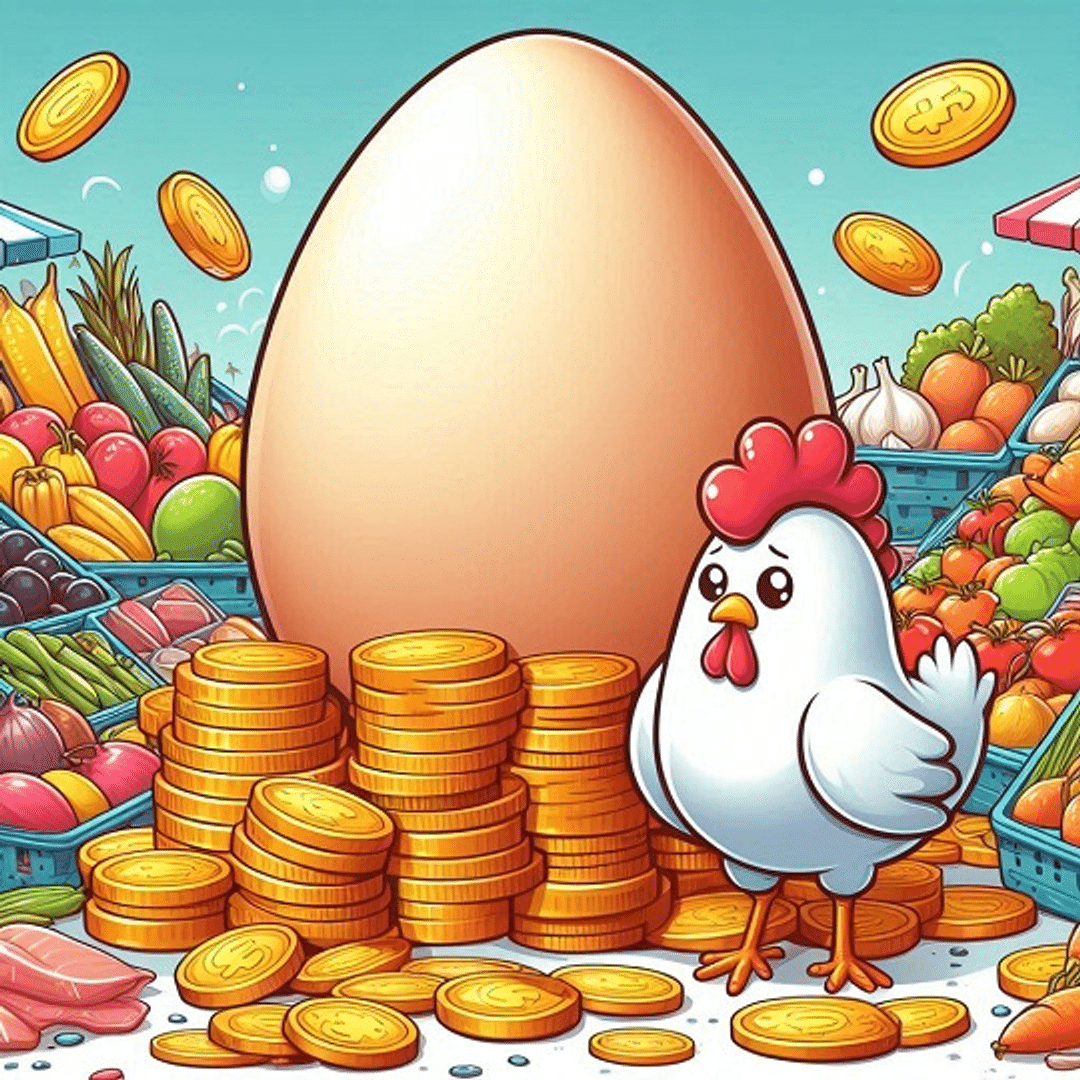Eggflation is a shortened term for "egg price inflation," referring to the sharp rise in egg prices. This phenomenon significantly impacts food consumers and industries, and has recently garnered significant attention in the United States. We will examine why eggflation is important, its background, and its impact in detail.
Background of Eggflation
Historical Examples of Eggflation
There have been several instances of eggflation in the past. For example, in 2003, the United States experienced a surge in egg prices due to large-scale culling of poultry caused by avian influenza. These historical examples help us understand the causes of eggflation.
Causes of the Recent Eggflation in the United States
The main causes of the recent eggflation in the United States include avian influenza, supply chain issues, and climate change. Avian influenza led to the culling of millions of chickens, resulting in a shortage of supply, while supply chain problems disrupted distribution, leading to price increases.
- Avian Influenza:The United States has seen numerous cases of millions of chickens being culled due to Avian Influenza. This has led to a sharp decrease in egg supply, causing prices to rise. Avian influenza is a disease that causes mass death of chickens, particularly affecting layer farms.
- Supply Chain Issues:Logistics problems and supply chain disruptions during the pandemic significantly impacted egg production and distribution. Increased transportation costs and labor shortages accelerated egg price increases.
- Climate Change:Extreme weather conditions significantly impact agricultural production, and egg production is no exception. Droughts, floods, and abnormal temperatures affect chicken feed supply, increasing production costs, which are reflected in the final consumer price.

Eggflation
Economic Impact of Eggflation
Eggflation has various economic impacts:
- Impact on Consumer Prices:The sharp rise in egg prices means consumers have to pay more. This puts a direct strain on grocery budgets and can affect the prices of other foods. For example, households that use a lot of eggs in baking or cooking will face a greater financial burden.
- Impact on Household Budgets:Rising egg prices negatively impact household budgets. For low-income households, where eggs make up a significant portion of their food budget, rising egg prices force them to reduce spending on other necessities. This can negatively affect their health and nutritional status.
- Impact on Industries and Businesses: Industries that heavily use eggs, such as food manufacturers, restaurants, and bakeries, experience increased production costs due to eggflation. This can lead to price increases in final products and decreased demand due to reduced consumer purchasing power.
Social Impact of Eggflation
Eggflation has social impacts in addition to its economic effects:
- Food Safety and Health Issues:Rising egg prices lead consumers to seek cheaper alternatives. This can lead to nutritional imbalances or food safety issues. Also, with sharply rising prices, some consumers may risk buying expired products or choosing lower quality ones.
- Exacerbation of Social Inequality:Eggflation can exacerbate social inequality. High-income households can easily afford groceries despite rising egg prices, but low-income households face a greater burden. This can lead to social conflict and worsen the living standards of low-income groups.
Policy Responses and Countermeasures
Government Response Policies
The government can implement various policies to address eggflation. For example, it can lower tariffs on imported eggs or implement support policies to encourage egg production to stabilize prices.
Countermeasures for Agriculture and Food Production Companies
Agriculture and food production companies must explore ways to improve production efficiency to cope with eggflation. This includes efforts such as strengthening avian influenza prevention measures or introducing alternative production methods.
Consumer Response Strategies
Consumers can use strategies such as diversifying their diets to cope with eggflation. They can consume foods containing other nutrients that can replace eggs, or consider buying eggs at discounted prices.
Future Outlook and Conclusion
Eggflation may be a difficult problem to solve in the short term. However, if the government, industry, and consumers collaborate to find sustainable solutions, stable food supplies can be ensured in the long term. Continued attention and effort are needed to address the issue of eggflation.

Comments0